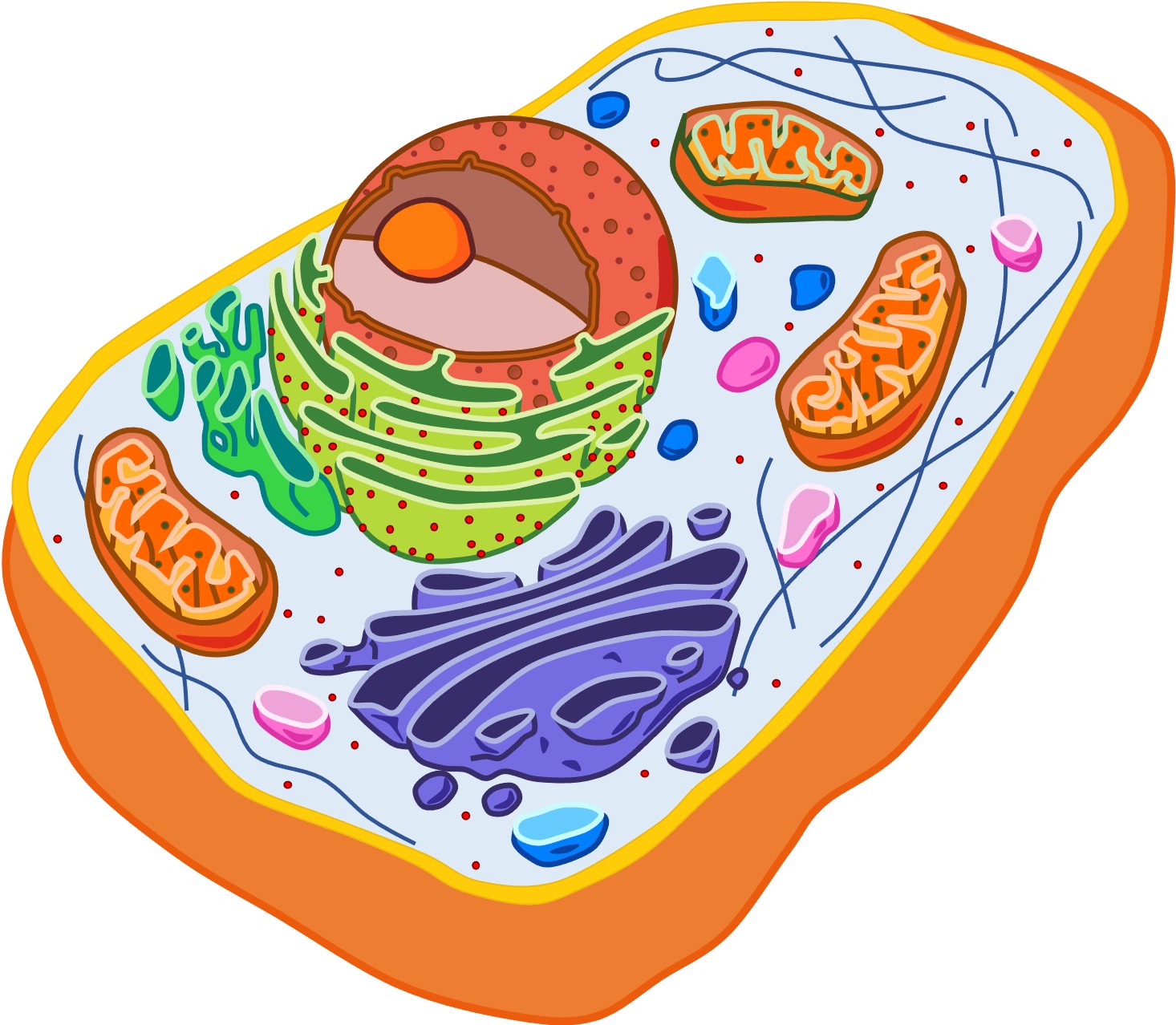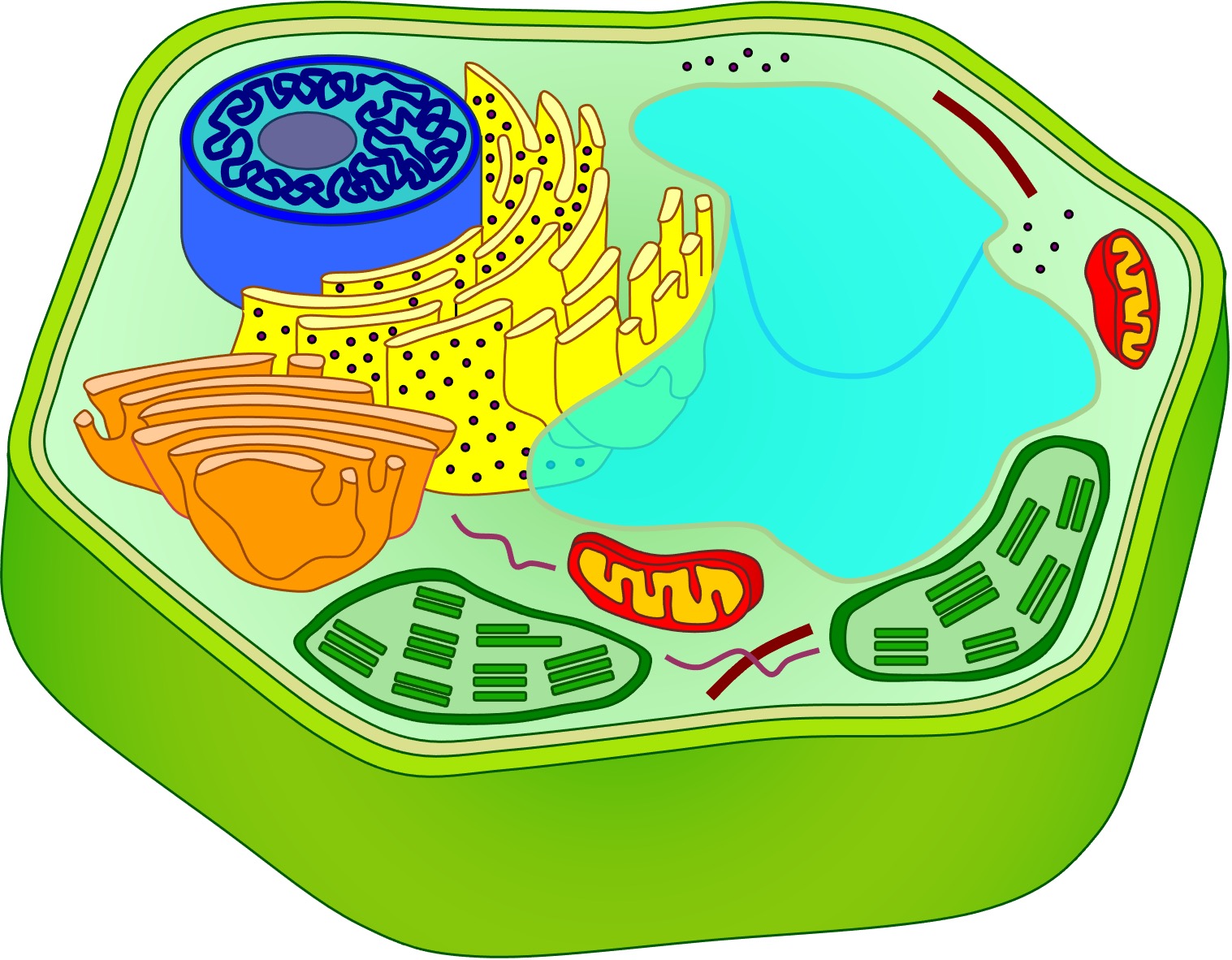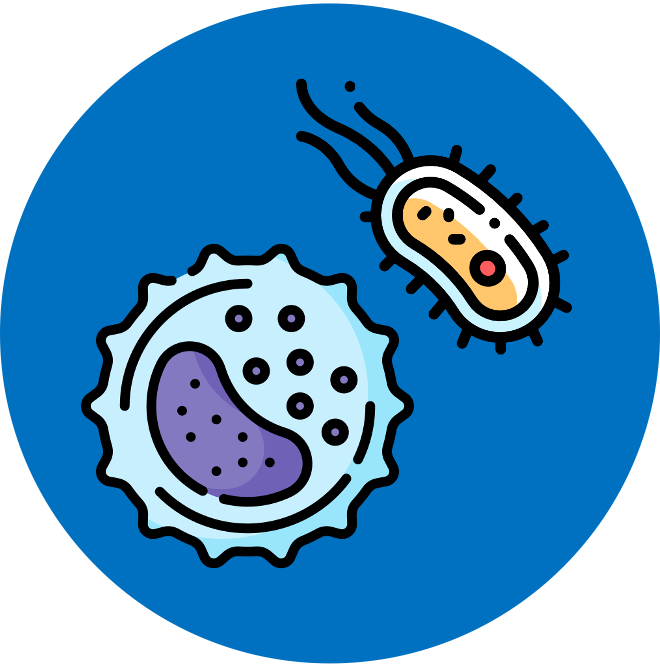

Eukaryotes
Eukaryotes are organisms whose cells contain a nucleus and are compartmentalised by numerous membrane-bound organelles
-
They have a greater level of structural complexity and are believed to have evolved from prokaryotic cells via endosymbiosis
Eukaryotes have been classified into distinct kingdoms, based on key structural and functional differences
-
Animal: Have no cell wall and undertake heterotrophic nutrition (via ingestion)
-
Plant: Have a cell wall (made of cellulose) and undertake autotrophic nutrition (via photosynthesis)
-
Fungi: Have a cell wall (made of chitin) and undertake heterotrophic nutrition (via absorption)
-
Protist: Any eukaryotic organism that does not belong to the animal, plant or fungal kingdoms
Eukaryotic Cell Structure
All eukaryotic cells share a number of key cellular components:
-
The genetic material is found within a double-membrane structure called the nucleus
-
The ribosomes within the cell that are responsible for protein synthesis are comparatively larger in size (80S)
-
Eukaryotes all share a number of membrane-bound organelles – including mitochondria, endoplasmic reticulum, golgi apparatus and vesicles
-
Plant cells possess chloroplasts (for photosynthesis) and have a large, fluid-filled vacuole surrounded by a tonoplast membrane
-
Multicellular fungi form filamentous hyphae that are typically separated by internal walls called septa
Animal Cell Structure


Plant Cell Structure


The Nucleus
One of the key distinguishing features of a eukaryotic cell is the presence of a nucleus (prokaryotic cells do not have nuclei)
-
The nucleus is a double membrane structure with pores that stores the genetic material of the cell
The presence of a nucleus allows eukaryotes to separate the processes of transcription (nucleus) and translation (cytoplasm)
-
Transcription is the process by which specific DNA instructions (genes) are converted into RNA transcripts (mRNA)
-
Translation involves the synthesis of polypeptide chains (proteins) from the RNA transcripts by ribosomes
Separating the processes of transcription and translation allows for the post-transcriptional modification of mRNA before it is translated by ribosomes
-
These modifications help to stabilise the mRNA transcript (via capping and polyadenylation) and remove non-coding sequences (introns) via splicing
-
This greatly improves the efficiency of protein synthesis and allows for tighter control of gene expression than is possible in prokaryotic cells
Compartments
Another defining feature of eukaryotic cells is the presence of membrane-bound organelles in the cytoplasm (prokaryotic organelles are not membrane-bound)
-
This enables the organelles to maintain an internal chemistry that is different to the cytoplasm (and suitable to its specific function)
-
It also allows for the concentration of key enzymes and metabolites needed to optimise the function of the organelle
Lysosomes and phagocytic vacuoles provide evidence for the advantage of compartmentalising the cytoplasm into discrete sections
-
These organelles contain hydrolytic enzymes that are responsible for digesting cellular debris or engulfed pathogenic materials
-
If these enzymes were not contained within a specific compartment, they would freely digest the contents of the cell (autophagy)




